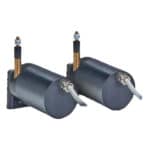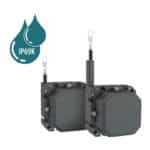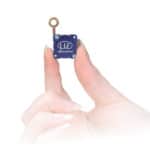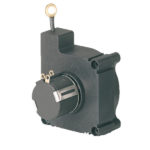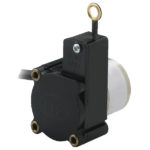Applied Measurements are an approved UK distributor of the Micro Epsilon draw wire sensors so you can be assured you are buying authentic, manufacturer certified Micro Epsilon draw wire sensors.
Applied Measurements offer competitive prices and fast delivery times of 3-4 weeks, with some popular units available in 1-2 weeks. Ranges available starting from as low as 0-40mm right up to 0-50m.
Product Links
Filters
Availability
Output
Displacement Range
Key Features
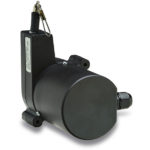 Compact Draw Wire Displacement Sensor | Low Cost | MK600-1500mm to 0-2400mmFrom POA
Compact Draw Wire Displacement Sensor | Low Cost | MK600-1500mm to 0-2400mmFrom POA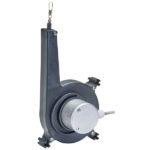 Compact Long Range Draw Wire Displacement Sensor | Low Cost | MK1200-3000mm, 0-5000mm, 0-7500mmFrom POA
Compact Long Range Draw Wire Displacement Sensor | Low Cost | MK1200-3000mm, 0-5000mm, 0-7500mmFrom POA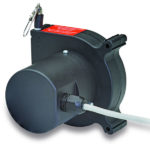 Compact Medium Range Draw Wire Displacement Sensor | Low Cost | MK880-2300mm, 0-3500mm, 0-5000mmFrom POA
Compact Medium Range Draw Wire Displacement Sensor | Low Cost | MK880-2300mm, 0-3500mm, 0-5000mmFrom POA Compact Mid-Range Draw Wire Displacement Sensor | Low Cost | MK770-2100mmFrom £251Buy Online
Compact Mid-Range Draw Wire Displacement Sensor | Low Cost | MK770-2100mmFrom £251Buy Online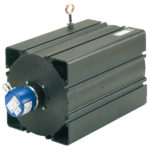 Industrial Extreme Long Range Draw Wire Displacement Sensor | P2000-30m, 0-40m, 0-50m,From POA
Industrial Extreme Long Range Draw Wire Displacement Sensor | P2000-30m, 0-40m, 0-50m,From POA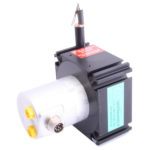 Industrial Long Range Draw Wire Displacement Sensor | P1150-3000mm up to 0-15'000mmFrom £516Buy Online
Industrial Long Range Draw Wire Displacement Sensor | P1150-3000mm up to 0-15'000mmFrom £516Buy Online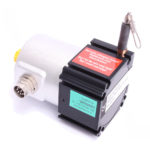 Industrial Low Range Draw Wire Displacement Sensor | P600-100mm up to 0-1500mmFrom £350Buy Online
Industrial Low Range Draw Wire Displacement Sensor | P600-100mm up to 0-1500mmFrom £350Buy Online Industrial Mid Range Draw Wire Displacement Sensor | P960-2000mm, 0-2500mmFrom £425Buy Online
Industrial Mid Range Draw Wire Displacement Sensor | P960-2000mm, 0-2500mmFrom £425Buy OnlineIndustrial Miniature Draw Wire Sensor | MP | MPW
0-100mm up to 0-1000mmIP67 OptionalFrom POAIP69K Draw Wire Position Sensor | Outdoor | K100
0-2300mm, 0-5000mmFrom POAMicro Draw-Wire Displacement Sensor | Low Cost | MT
0-40mm to 0-130mmFrom POAMiniature Draw Wire Displacement Sensor | Low Cost | MK46
0-1000mm to 0-1250mmFrom POASubminiature Draw Wire Displacement Sensor | Low Cost | MK30
0-50mm to 0-750mmFrom £217Buy Online
Draw Wire Sensors Explained
The draw wire sensors (also known as string pots or cable extension transducers) manufactured by Micro Epsilon, offer a compact and highly accurate way of measuring displacement and position.
Cable extension transducers are inherently accurate devices as they utilise either rotary potentiometers or rotary encoders as their sensing element (for more information about how draw wire sensors work, please see below). Accuracy ranges from ±0.01 of full scale on high-performance encoder based units to ±0.25% on low-cost budget models.
String pots from Applied Measurements are available with various electrical outputs including R1K potentiometer, 0-10Vdc, 4-20mA and digital SSI serial.
All string pots can be supplied with digital displays/indicators, signal digitisers, telemetry systems, data loggers and acquisition equipment.

Applied Measurements industrial draw wire sensors give you:
- High Accuracy <±0.01% of Full Scale Output
- Extreme Long Range of up to 0-50m!
- Robust Aluminium Housing for Harsh Industrial Environments
- IP65 Dust Tight and Water Tight Protection Rating
- Absolute or Incremental Encoder Versions
- Both Analogue and Digital Options
- Customised Versions
Whilst Applied Measurements lower cost draw wire sensors offer:
- Customised Versions Ideal for OEM
- Compact, Sub-Miniature Versions as Low as 0-40mm!
- Lower Cost for High Volume Applications
- Robust Plastic Housing
- Both Analogue and Digital Versions
What is a Draw Wire Sensor
A draw wire sensor is used to measure displacement, position or movement of an object. The draw wire sensor turns the linear movement of the object being measured into a rotary movement.
How a Draw Wire Sensor Works
A draw wire sensor is made up of a thin braided steel wire, a drum on which the wire is wound, a spring-driven motor and a potentiometer/encoder. Additional electronics can also be added if an analogue output (4-20mA, 0-10Vdc, etc) or digital output such as CANopen is required.
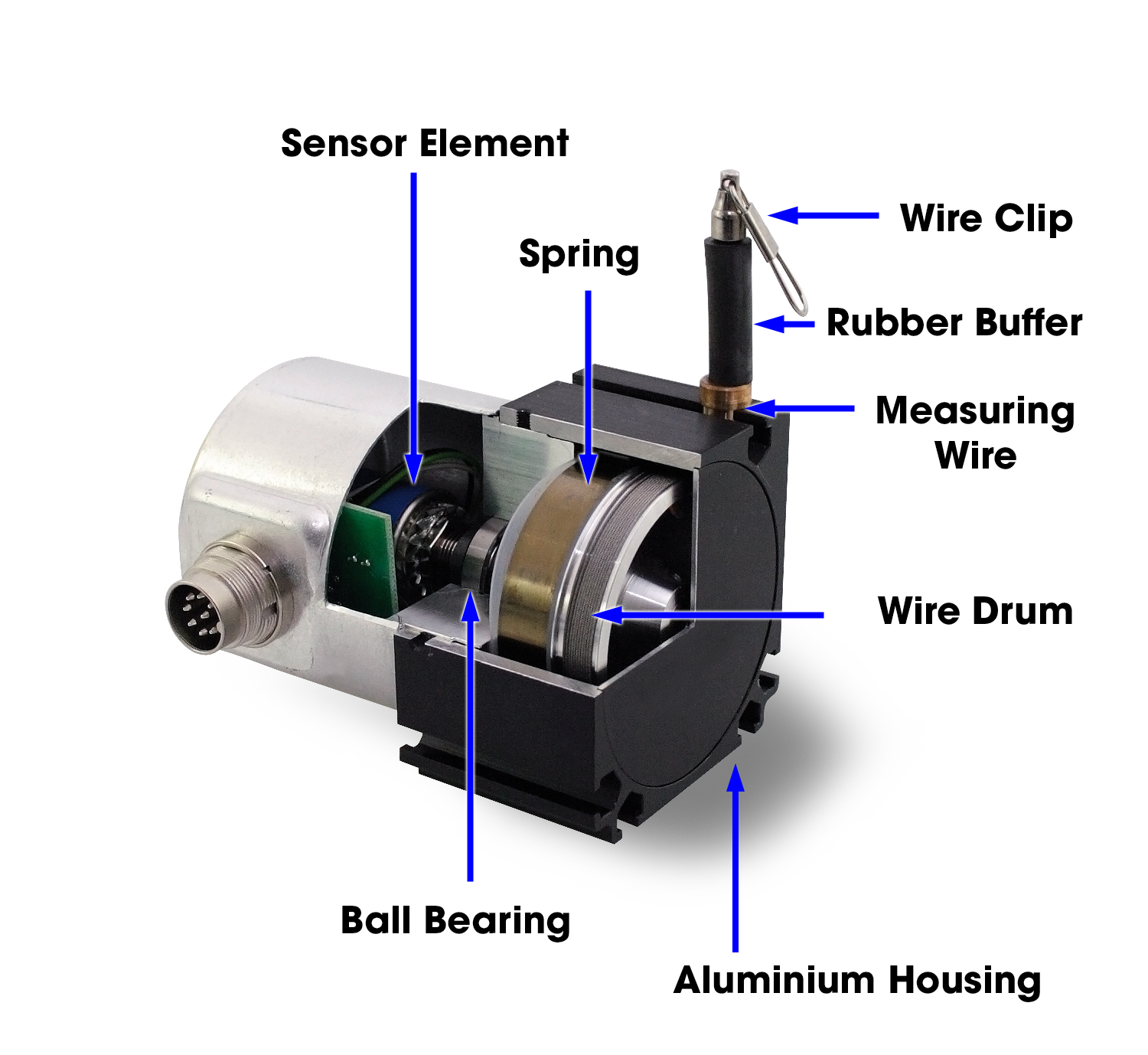
The free end of the wire is fixed to the moving object and the draw wire sensor body is fixed to a static surface. As the object moves the wire extends causing the drum to rotate. As the drum rotates it causes the shaft connected to the encoder to rotate and the encoder converts the drum rotation into an electronic signal. The spring-driven motor works to provide the necessary tension in the wire and reduce slackness as the wire extends.


